4K-TVs were one of the main trends of CES 2014. However, such a resolution “threatens” not only TVs, but computer monitors – there was announced several relatively affordable models (under $ 1000). However, the “first sign”, 31.5-inch ASUS PQ321QE, is already available for sale and visited our lab.
Design
The monitor is made in strict representative design, without any “frills” like metal inserts, gloss, etc. – Straight lines, black matte plastic and discreet silver paste in the stand.
Monitor stands at an impressive stand, attached to it the same thorough “foot” – the total weight is 13 kg lot, and have to display “only” 8 kg, 5 kg of others – and it’s stand leg. The compound is very tough to shake any noticeable screen fails. Allows you to adjust the height of the leg, change the angle of the screen and rotate around the vertical axis (translation in portrait mode is not).
Of the video inputs is present here only one DisplayPort (visible on the body cap under HDMI, but the port itself is not). And there are also a line input and headphone output, and, curiously, the location of connectors rather “television” than “monitor” – they are on the left side and directed horizontally, because of what can be seen attached cables.
Frame around the image of the average width of the order of 2 cm on it at the bottom you can find logos DisplayPort and ASUS, as well as in the lower right corner of the activity indicator, glowing dim green light.
Menu
Menu control buttons are located not in the usual way, and again resemble on TV than a computer monitor. They are right at the top, behind the bezel, with no notation on the frame itself is not – signature found on the rear panel behind the buttons so that the user will have to remember the location of buttons and adjust the monitor “blindly”. By the way, the power button is located here (top row in the control buttons), ie, at a distance of several tens of centimeters from the activity indicator. Buttons tight, pressed with a visible effort, while the menu is located on the other side of the screen closer to the left, so that navigation on it is not very comfortable. Without calling the menu by pressing can adjust the brightness and volume of the integrated speakers.
Menu in the ASUS PQ321QE radically different from the traditional menu that we saw in all ASUS models in recent years. It is surprisingly large and well more like a television than a “monitor.”
In paragraph Picture You can adjust brightness, contrast, black level, color, sharpness, select one of the preset modes (sRGB, Standard and Vivid), specify the color temperature (in the range of 3000-10000K) and range (1.8-2.4 or Standard), and also reset all settings to factory defaults. In the Setup menu, you can change the language, select the source and the audio level, and switch mode DisplayPort (on this a little more then we will stop). In the Monitor section, there is only two options – to switch between portrait and landscape modes, and off when it is idle. And the last section, Others provides access to configure the aspect ratio of the monitor, and the possibility to disable the audio information page about the parameters work.
Matrix
In ASUS PQ321QE used ASV-matrix (Advanced Super View) production Sharp diagonal 31.5 “, 16:9 aspect ratio and claimed 8ms response time (GtG). At the heart of this panel is the technology of VA, plus used transistors manufacturing technology IGZO, which allows to significantly increase the pixel density compared to conventional monitors. So, at a resolution 3840h2160 pixels pixel size of 0.182 mm – in computer time is an unprecedented rate (eg, 27-inch monitor with a resolution of 2560×1440 pixels pixel size of 0.233 mm, and this is hardly the most “tiny” pixel of public models). However, in comparison with modern smartphone or tablet, this figure is not so impressive – the ASUS PQ321QE PPI value equals 140, while, say, the iPad Air – 264. However, consider the pixel ASUS PQ321QE can have (and then only with great difficulty) only from a distance, where the user typically holds a smartphone – at a distance of half a meter further, ie with the usual distance at which the work is for a desktop computer, see the individual pixels will only be with very sharp vision.
4K resolution
Subjective feeling of using a 4K-diagonal monitor for a few days – a few mixed. Immediately it should be noted that for this it is strongly recommended to upgrade to Windows 8.1, Microsoft since it introduced a number of improvements in the work of the monitors at high resolution. And even though the result is still imperfect, but overall impression is much more favorable than when connecting this monitor to your system with Windows 7 – so, in 8.1, it suffices to set the parameter “resize all elements of” 150%, and for the most part this installation will be practiced correctly, not only in the “native” applications Microsoft, but also third-party software.
Plus, in some cases, if a particular application fonts appear blurry need for each specific program to set its properties tick the option “Turn off image scaling at high screen resolution.”
After that display problems are only in applications that use non-standard interfaces, which have not been optimized for the high resolution – the only way out of this situation is, unfortunately, or switching to a lower resolution or replacement applications on their analogs that are correctly displayed on This monitor.
In other words, to work in Windows, this monitor has no special advantages over the much more affordable options like 27-inch models with a resolution of 2560×1440 pixels. But the picture changes dramatically when viewing photos and 4K-video – suffice it to say that the photos displayed on this screen virtually “pixel by pixel” that not only looks impressive, but also greatly facilitates their processing in image editor. If we talk about the video, it explains a lot here a screenshot of the desktop window with a small video player, which at 100% normal playing FullHD-video – on the area it is 4 times smaller than the screen, and when you open the full screen looks like it’s actually DVD-Video.
Now find content in 4K still problematic – in fact, all his “diversity” still comes down to advertising trailer manufacturers 4K-TVs and camcorders. And they monitor all the advantages disclosed in full – sometimes it seems as if you look out the window, looks so realistic picture shows them. It remains to wait for 4K will be available in conventional movies / series, and not just commercials (although there is certainly another problem pops up – the size of files, for example, a two-minute trailer with 4K-bit-rate video in 120 + Mbit / s can be the “pull” 2 GB).
In games again ambiguous. On the one hand, at this resolution the picture is very clear, and with a pixel density of 140 PPI, as it turned out, completely eliminating the need for FSAA – even when anti-aliasing is turned off to see in the “ladder” is almost impossible. On the other hand, rests on the predictable performance – even on a powerful gaming PC, you can forget about the maximum settings, because FPS rate drops below the playability. So, on a test system (Windows 8.1 x64, Intel Core [email protected] GHz, 8 GB RAM, NVIDIA GeForce GTX 780) Metro: Last Light at maximum settings showed 11 FPS, at the minimum – 52 FPS (though it is fair to Note that at the minimum game looks almost the same as at maximum). Much less demanding Resident Evil 6 at maximum graphics issued 4664 points (FPS hovered around 25-30 frames / sec, which is not enough for a comfortable game).
In this paper,
Connecting ASUS PQ321QE is slightly more complicated than a conventional monitor – the default resolution 3840h2160 points refresh rate is set at 30 Hz, and to get a more acceptable 60 Hz have to do any additional configuration. It includes a mode switching mode DisplayPort with SST (single-stream transport) to MST (multi-stream transport), resulting in a system monitor appears as two virtual display. What happens next depends on the graphics card (with the exception of products NVIDIA – its drivers themselves determine the new configuration and include the correct mode 3840h2160 @ 60 Hz). ASUS has even published a special video instructions detailing the procedure.
Monitored used semi-matte screen coating, which is characterized by the almost complete absence of crystalline effect observed in conventional matte displays (slight graininess monochrome image areas), wherein unwanted reflections in the environment therein is also substantially less (at least in the normal operating mode, with deviation in the direction of reflection appear more clearly, and the maximum angle of the surface turns almost normal glossy).
Although the description of IGZO technology and says that it can significantly reduce the time delay between switching states of pixels in the characteristics of the monitor, as mentioned above, it is stated quite slow response time – 8 ms (GtG), which is quite comparable with conventional IPS monitors. The Monitor uses a proprietary technology overdrive TraceFree, but there is no possibility of its settings. Judging by the results of tests (almost missing artifacts overdrive and relatively noticeable lubrication), used “gentle” mode TraceFree, which is the default setting in the other monitors ASUS, where the user is allowed to adjust this parameter. In daily work any inconvenience this caused no response time, ASUS PQ321QE in this respect the feelings did not differ from the usual models for IPS-panels.
Viewing angles of this monitor are very good, some tangible discoloration is not observed even at maximum deviation – markedly reduced brightness, much weaker – contrast, plus a few “warmer” image.
This model is used to adjust the brightness using PWM, so that flickering illumination is present here, and in full – the flicker frequency is clearly not very high, so people with sensitive eyes may experience discomfort during prolonged work at such a monitor.
Uniformity of illumination is very high, especially for such a diagonal. Only in the upper part of the screen in two places noticeable backlight leakage weak in general, the picture looks very good.
Glow-in ASUS PQ321QE effect is virtually absent – when viewed at an angle from above appears very faint purple glow, the same as the right and left.
Minimum brightness of this model is decent enough – 53 cd / m ². That will be quite enough for comfortable work in the shadows, but in the dark for some users, this monitor may still seem yarkovatym. Maximum brightness is turned all of the highest we’ve seen so far models – 370 cd / m ² (average value from measurements in 35 points). Difference in brightness between the different areas of the screen at the same time was also great – as much as 125 cd / m ², due, apparently, wide screen display.
SRGB mode allows a user to change the brightness and contrast settings (which does not occur very often). According to the results of tests show that the gamma value, and color temperature in this mode almost perfectly correspond to the standard values, but the color gamut is not as good as expected – it covers 92.7% sRGB, and clearly visible “shortage” in blue and red . Transmission accuracy is good, but not perfect (maximum deltaE exceed 3), demanding user for serious work with this photo mode still does not fit, require calibration.
In Standard mode, additional adjustments are available, such as the choice of color temperature and gamma values. When set to the default gamma (STD), we see a curve with a peak in the dark areas and light failure – it gives deep black shadows and good elaboration of detail in bright areas, but at the same time it means a loss of detail in shadows and pale expressionless light areas of the photo – if you are not satisfied with the settings, you can switch to 2.2 range, resulting in her chart, we get almost flat line, similar to what we saw in the mode sRGB. Color gamut is also virtually identical to the regime and is 92.5% sRGB. Interestingly, in Standard mode color accuracy is somewhat higher than in sRGB.
And the last mode, Vivid, characterized by more pronounced gamma curve (with a peak at 2.7 and a minimum of – 1.6, with a standard value of 2.2) and a slightly larger gamut – it is 93.1% sRGB.
After calibration, color gamut was 92.1% sRGB, the color accuracy has become much higher, and gamma curve and color temperature, which in the past were very good, now almost perfectly correspond to the default settings.
Color gamut, color accuracy, color temperature graph and gamma curve for grayscale (after calibration)
Results
ASUS PQ321QE difficult to assess in terms of regular monitor – at a cost of more than 30 thousand UAH. him, to put it mildly, difficult to find the scope of which would justify such costs. This is pure proof of concept, proof that such a thing is possible that the Ultra HD in modern desktops – no longer science fiction, and even very expensive, but a reality. In this sense, the monitor is very good, though not without its flaws – a very high-quality image (albeit with incomplete coverage of sRGB), excellent viewing angles and constant “wah” in others when viewing advertising 4K-trailers.
Making forecasts – it is certainly a thankless, but one can assume that the cost of such models in the future drops significantly, but in the category of public, they still will not pass – as are not accessible to the general public “normal” monitors with a diagonal of 30 “(Price which is now in Ukraine vary in the range of 10-20 ths.). But the arrival of 4K to more suitable for home use diagonal (in the first place – 27-28 inches) looks very attractive – at least as early as this year at CES 2014 were announced the first 28-inch “swallows” on TN-matrices with a price tag of $ 700-800, and there is every reason to believe that in the next year or two will and better panels from other manufacturers for the same, and even lower prices. thing for a little – to convince developers of software for Windows that Retina support is important not only in Mac OS …
Liked
+ 4K
+ High quality image and build
Dislike
– Insufficient gamut
– Very high cost
– Using PWM
Read another very interesting article about alternative energy of the Sun, water and air.

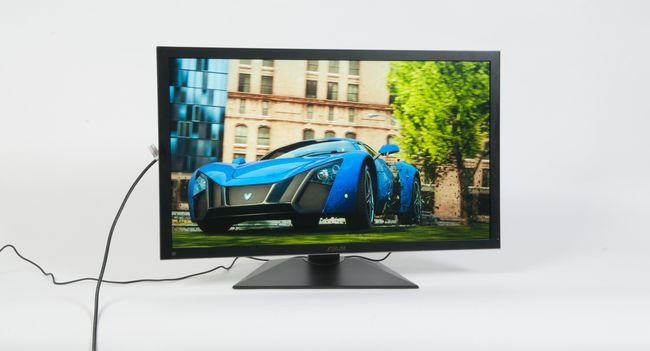

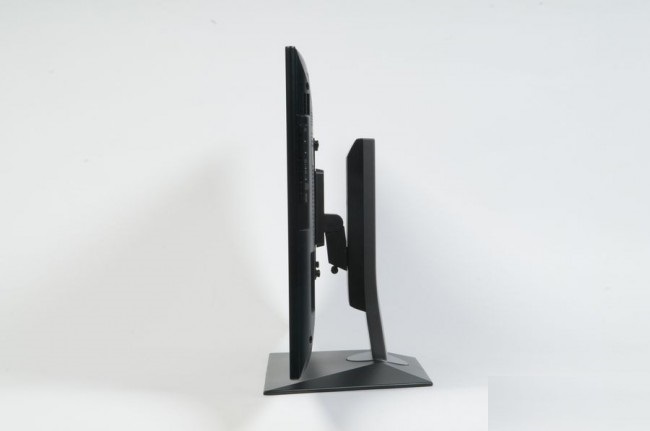
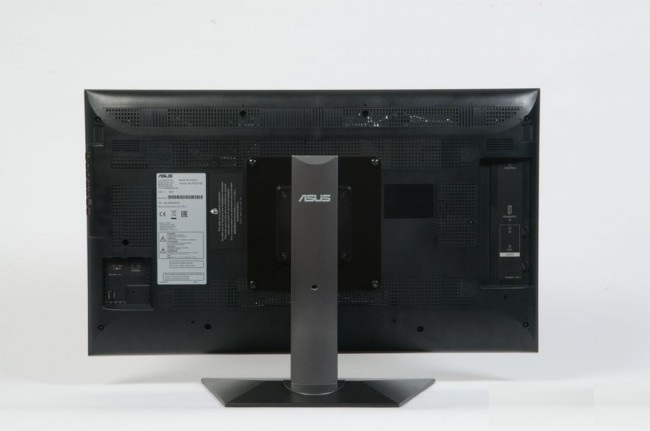
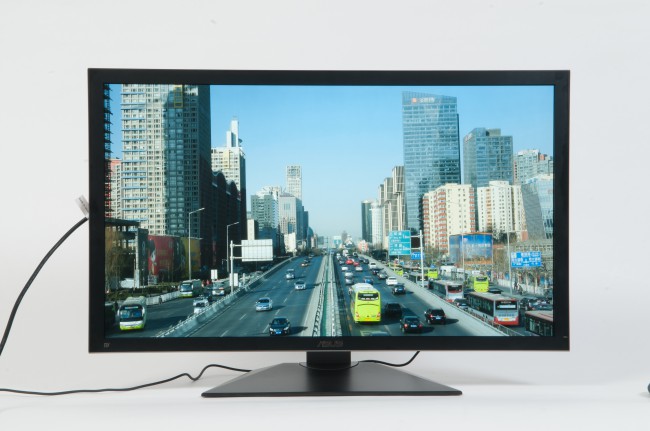
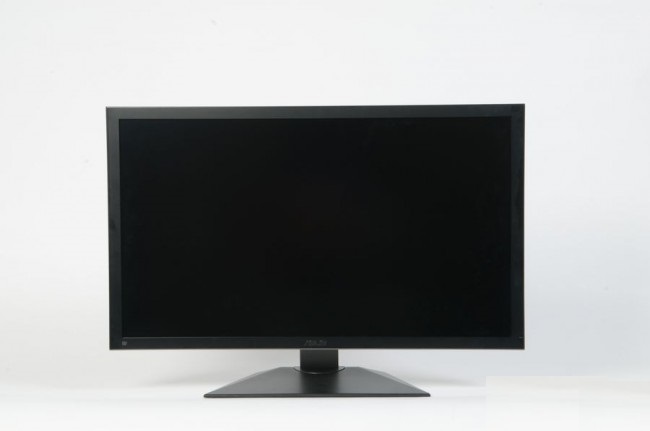


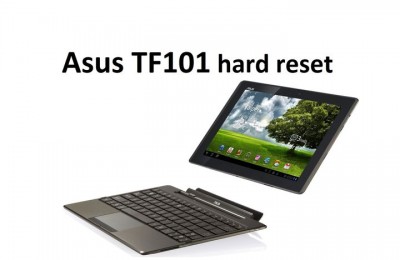
Muchas gracias. ?Como puedo iniciar sesion?